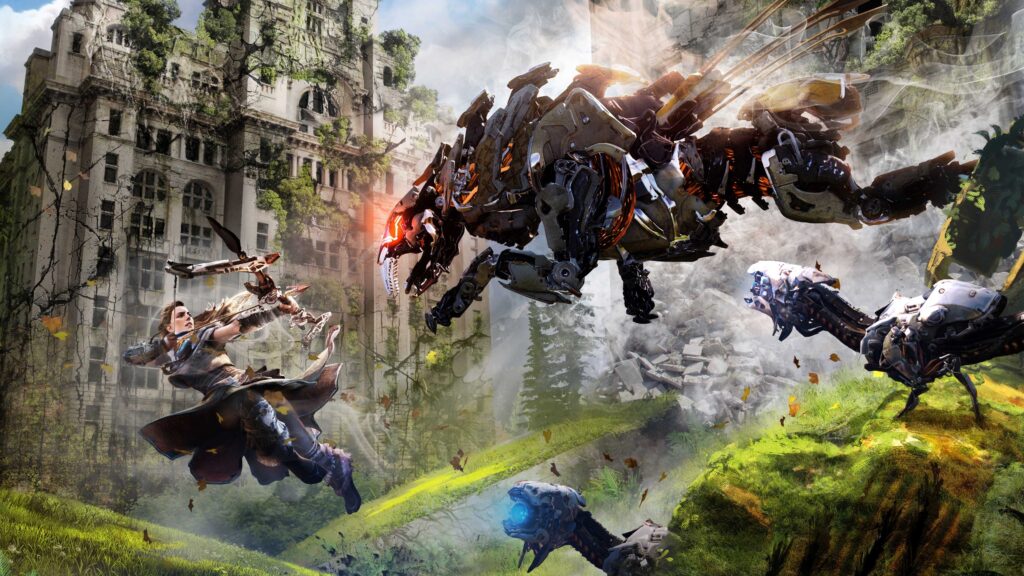
In the vast expanse of gaming genres, wasteland games have carved out a unique niche. When exploring the concept of retro play within this genre, we unearth a rich history that has significantly influenced the development of post – apocalyptic gaming experiences.
The Emergence of Retro Wasteland Games
Retro wasteland games first emerged during a period when gaming technology was gradually advancing but still had its limitations. In the early days, titles like “Wasteland” (the original 1988 game) became pioneers in the genre. These games had to work within the constraints of the hardware available at the time. Graphically, they featured simple, low – resolution sprites to represent the desolate landscapes and characters. The wastelands were depicted with basic terrain features such as brown, barren ground, and dilapidated buildings rendered as blocky structures. Despite these limitations, developers used creative techniques to convey the post – apocalyptic atmosphere. The color palette was often dominated by earthy tones like browns, grays, and muted greens, enhancing the sense of desolation.
Gameplay Mechanics in Retro Wasteland Games
The gameplay in retro wasteland games was centered around survival and exploration. One of the key mechanics was resource management. In games like “Fallout” (the first installment released in 1997), players had to manage resources such as food, water, ammunition, and medical supplies. Scavenging for these resources in the ruins of the wasteland was a crucial part of the gameplay. Players would search abandoned buildings, old vehicles, and even the remains of fallen enemies to find essential items. Combat in retro wasteland games was relatively simplistic compared to modern standards. It often involved turn – based systems, like in the original “Fallout” games. Players would select actions such as attacking, using an item, or attempting to flee from battles. The combat was strategic, as players had to consider their limited resources and the capabilities of their character.
Exploration was another fundamental aspect. Retro wasteland games presented large, open – world – like environments for players to traverse. However, due to technological limitations, these worlds were not as vast as modern open – worlds. Instead, they were divided into smaller, interconnected areas. For example, in “Wasteland,” players would move their party of characters from one location to another, encountering various challenges, including random encounters with mutants, raiders, and other survivors. These encounters could lead to combat, trading opportunities, or quests that would further the game’s story.
Visual and Sound Design in Retro Wasteland Games
The visual design in retro wasteland games, despite its simplicity, was effective in creating a distinct atmosphere. The low – resolution graphics forced developers to rely on iconic symbols and basic shapes to represent the elements of the wasteland. Radiation – warning signs, rusted vehicles, and broken fences were common visual motifs. The character sprites were designed to be recognizable, with distinct clothing styles that hinted at their roles or affiliations. For example, a character wearing a leather jacket and a bandana might be a wasteland scavenger, while someone in a more formal, tattered suit could be a remnant of the pre – apocalyptic society.
Sound design in retro wasteland games was also integral to the experience. The background music was often sparse and eerie, using simple synthesizer sounds to create a sense of foreboding. In a ruined city – scape, the music might be a slow, melancholic tune that added to the desolation. Sound effects were equally important. The howling of the wind through the ruins, the creaking of old buildings, and the distant growls of mutants all contributed to the immersive atmosphere. In combat, the sounds of gunshots, melee attacks, and the grunts of characters added to the tension.
The Appeal of Retro Play in Wasteland Games Today
In the modern gaming era, the appeal of retro play in wasteland games is twofold. For older gamers who experienced these classic titles in their prime, revisiting them offers a powerful sense of nostalgia. They can relive the excitement of exploring the unknown wastelands, facing tough decisions, and building their characters from scratch. The simplicity of the gameplay mechanics, which focused on core elements of survival and exploration, provides a refreshing contrast to the highly complex and often over – saturated modern wasteland games. It allows them to appreciate the roots of the genre and the pure, unadulterated fun of early post – apocalyptic gaming.
For new generations of gamers, retro wasteland games offer a unique learning opportunity. They can witness the evolution of the genre, understanding how basic concepts such as resource management, combat systems, and world – building have developed over time. The straightforward nature of these games makes them accessible, enabling beginners to easily grasp the fundamental mechanics of wasteland – themed gaming without being overwhelmed by the complex features and high – end graphics of modern titles.
Influence on Modern Wasteland Games
Retro wasteland games have had a profound influence on modern iterations. The basic gameplay mechanics, such as resource management and turn – based combat (which has evolved into real – time combat in many modern games but still retains some strategic elements), have been refined and incorporated into contemporary wasteland titles. Modern games often draw inspiration from the visual style of retro games. Some developers use pixel – art or a similar low – resolution, stylized look to pay homage to the past while adding modern graphical enhancements. For example, indie wasteland games like “CrossCode” (which has some post – apocalyptic elements) blend the charm of retro games with modern gameplay mechanics.
The sound design in modern wasteland games also takes cues from retro counterparts. While modern technology allows for more realistic environmental sounds and complex musical scores, elements of the classic, sparse background music and simple yet effective sound effects are often reimagined and included to add a touch of nostalgia. Whether it’s the core gameplay concepts or the iconic visual and auditory elements, retro wasteland games continue to shape and inspire the modern gaming landscape.